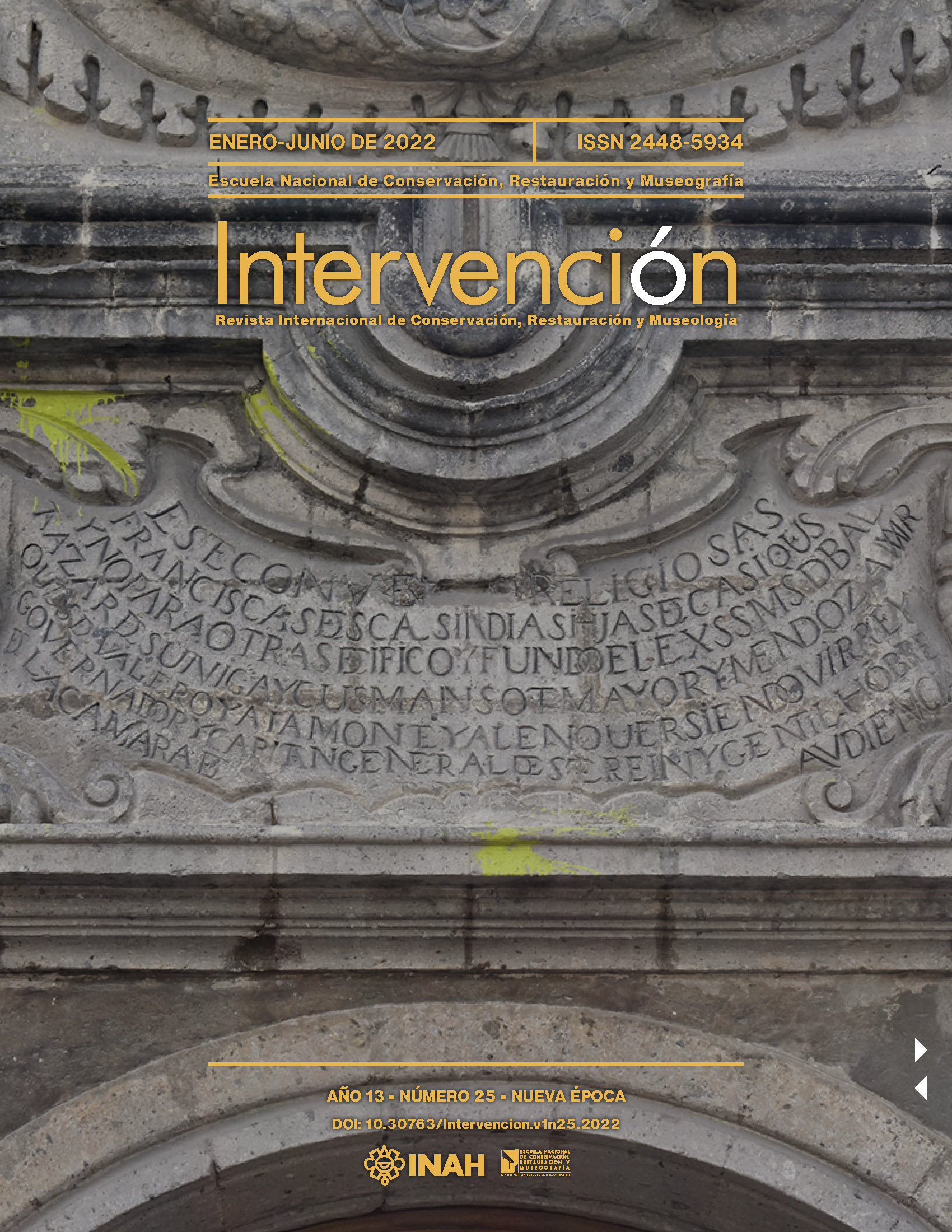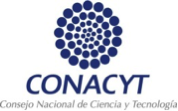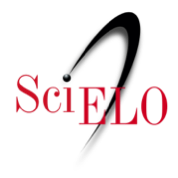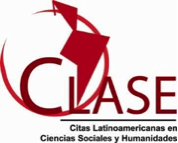The Issue of Unknown Landscapes in the Online Cataloging of the North American National Art Museums
DOI:
https://doi.org/10.30763/Intervencion.265.v1n25.44.2022Keywords:
national art museums of North America, visual studies on landscapes, Seleccionado:visual studies and art after modernity, curatorship, Seleccionado:structuralism of the scientific revolutions by Thomas KuhnAbstract
This academic report is a part of a research, from the perspective of visual studies, on landscape art of modernity and after it in the Western tradition. This work proposes to analyze, in accordance with the structuralism of Thomas Kuhn, the change in visual Gestalt of the beginning of the 20th century related to the articulation in art of a new paradigm. The visualization cuts across the curating and the cataloging of online collections of North American National Museums of Art, questioning the differential perception of structuring the abstract and the conceptual in the landscape between collections. However, this study finds a theoretical solution to the phenomenon of the invisibility of images in episodes of a non-accumulative nature, typical of paradigmatic changes, according to Kuhn’s model.
Downloads
References
Albers, J. (ca. 1940). Study for Tenayuca [dibujo, lápiz sobre papel]. The Joseph & Anni Albers Foundation. https://albersfoundation.org/art/josef-albers/drawings/#slide12
Anselmo, G. (1965-2000). La mia ombra verso l’infinito della cima dello Stromboli durante l’alba del 16/8/65 /Study F) [lápiz en papel impreso]. New York, Modern Museum of Art. https://www.moma.org/collection/works/95392?artist_id=8211&page=1&sov_referrer=artist
Arnheim, R. (1981). Arte y percepción visual. Alianza Forma.
Belting, H. (1987). The End of the History of Art? University of Chicago Press.
Belting, H. (2003). Historia del arte después de la modernidad. Universidad Iberoamericana.
Beuys, J. (1997). Joseph Beuys-7 000 Oaks. En L. Domizio De Durini, The Felt Hat: Joseph Beuys, A Life Told (pp. 191-197). Charta.
Boetti , A. (1976-1982). The Thousand Longest Rivers in the World [bordado en lino y algodón]. Museum of Modern Art/Artists Rights Society/Società Italiana degli Autori ed Editori. https://www.moma.org/collection/works/88222?classifications=any&date_begin=Pre-1850&date_end=2021&q=alighiero+boetti&utf8=%E2%9C%93&with_images=1
Cage, J. (1992). Without Horizon No. 6 [impresión en papel]. The Crown Point Press. https://crownpoint.com/artist/john-cage/#&gid=1&pid=38
Clark, K. (1991). Landscape into Art. Icon Editions.
Daix, P. y Rosselet, J. (1979). El cubismo de Picasso. Blume.
Danto, A. (1997). After the End of Art. Contemporary Art and the Pale of History. Princeton University Press.
Debray, R. (2000). Vida y muerte de la imagen. Historia de la mirada en Occidente. Paidós.
Duchamp, M. (1913). Erratum Musical. En A. D’Harnoncourt & K. McShine, Marcel Duchamp (p. 264). The Museum of Modern Art/Philadelphia Museum of Art.
Duchamp, M. (1949). 50 cc of Air de Paris [ámpula de vidrio]. Philadelphia Museum of Art. https://philamuseum.org/collection/object/51628
Ellkins, J. (2013). Theorizing Visual Studies. Routledge.
Fischer, H. (1981). L’Histoire de l'art est terminée. Balland.
Foucault, M. (1981). Esto no es una pipa. Ensayo sobre Magritte. Anagrama.
Fulton, H. (1971). The Pilgrims Way. Tate Modern. https://www.tate.org.uk/art/artworks/fulton-the-pilgrims-way-t07995.
Government of Canada. (1990). Museums Act [Justice Laws Website Home]. https://laws-lois.justice.gc.ca/eng/acts/m-13.4/index.html
Grasskamp, W., Nesbit, M. y Bird, J. (2004). Hans Haacke. Phaidon.
Gris, J. (1915). Ace of Clubs and Four Diamonds [óleo sobre tela]. National Gallery of Art. https://www.nga.gov/collection/art-object-page.163527.html
Hockney, D. (2012). First edition for a tv screen [videoinstalación]. David Hockney [página web del artista]. https://www.hockney.com/works/digital/movies
Joosten, J. (1998). II Catalogue Raisonne of the Work of 1911-1944. Harry N. Abrams.
Kandinsky, V. (1994). Reminiscences/Three Pictures. En K. Lindsay & P. Vergo, Kandinsky. Complete Writings on Art (pp. 355-391). Da Capo Press.
Klee, P. (1919). Wald Bau [pintura]. Museo del Novecento [página web del museo]. https://www.museodelnovecento.org/it/collezione?in-10-capolavori?paul-klee
Kuhn, T. (1958). Comment on the Relations of Science and Art. En T. Kuhn, The Essential Tension. Selected Studies in Scientific Tradition and Change (pp. 340-351). University of Chicago Press.
Kuhn, T. (1995). La estructura de las revoluciones científicas. Siglo XXI Editores.
Kuhn, T. (1996). ¿Qué son las revoluciones científicas? y otros ensayos. Paidós.
Lichtenstein, R. (1967). Ten Landscapes. Modern Museum of Art. https://www.moma.org/collection/works/78196?classifications=any&date_begin=Pre-1850&date_end=2021&q=Roy+Lichtenstein&utf8=%E2%9C%93&with_images=1
Long, R. (1974). A Straight Hundred Mile Walk on the Canadian Prairie [fotografía]. National Gallery of Canada. https://www.gallery.ca/collection/artwork/a-straight-hundred-mile-walk-on-the-canadian-prairie
Lugo, A. (1933). Paisaje de Taxco-La aduana [linóleo]. Museo Nacional de Arte, Instituto Nacional de Bellas Artes [inba], Donación al inba, 1999. http://munal.emuseum.com/objects/2678/paisaje-de-taxco--la-aduana?ctx=826ecde7-2411-45bf-8207-09da9628a411&idx=23
Magritte, R. (1927). Die schnelle Hoffnung (L’espoir rapide). Hamburger Kunsthalle. https://online-sammlung.hamburger-kunsthalle.de/de/objekt/HK-5156/die-schnelle-hoffnung-l´espoir-rapide?term=&filter%5Bobj_actuallocation_s%5D%5B0%5D=Klassische%20Moderne&start=80&context=default&position=88
Manovich, L. y Sunley, J. (2021). Museum of Pictorial Culture. From Less-Known Russian Avant-garde series. Tangible Territory Journal.
Modotti, T. (ca. 1925). Líneas de teléfonos [impresión de negativo, plata sobre gelatina]. Museo Nacional de Arte. http://munal.emuseum.com/objects/2293/lineas-de-telefonos-impresion-de-negativo-original-del-comi?ctx=494dda2d-9af2-414f-91d7-ce8b216c495f&idx=248
Mondrian, P. (1915). Compositie 10 in zwart wit [óleo sobre tela]. Kröller Müller. https://krollermuller.nl/en/piet-mondriaan-composition-10-in-black-and-white
Munal. (7 de septiembre de 2017). La colección del Museo Nacional de Arte ahora en línea [boletín 215]. Gobierno de México, Secretaría de Cultura. https://inba.gob.mx/prensa/6864/la-coleccion-del-museo-nacional-de-arte-ahora-en-linea
Museo del Novecento. (2022). Museo del Novecento [página web del museo].
https://www.museodelnovecento.org/it/collezione
Museo Nacional de Arte. (s. f.). Visitas guiadas [página web del museo].
Musée de L’Homme. (20 de diciembre de 2020). Vénus de Lespugue. https://www.museedelhomme.fr/fr/resultats-de-la-recherche?search_api_fulltext=Vénus+de+Lespugue
Museu Picasso. (30 de diciembre de 2020). Exposiciones [página web]. Ayuntament de Barcelona. http://www.bcn.cat/museupicasso/es/exposiciones/90-98.html
Musée Picasso Paris. (2022). Musée Picasso Paris [página web del museo]. https://www.museepicassoparis.fr
National Gallery of Art. (2020a). Collection [página web]. https://www.nga.gov/collection/collection-search.html
National Gallery of Art. (2020b). Mission, vision, values [página web]. National Gallery of Art. https://www.nga.gov/about/mission-vision-values.html
National Gallery of Canada. (2021). Mission Statement [página web]. National Gallery of Canada. https://www.gallery.ca/about/mission-statement
Nessen, S. (1993). Multiculturalism in the Americas. Art Journal, 86-91.
Object id. (Mayo de 2021). Museum. International Council of Museums. https://icom.museum/wp-content/uploads/2020/12/ObjectID_spanish.pdf
Oppé, P. (1941). Drawings at the National Gallery of Canada. The Burlington Magazine for Connoisseurs, 50-56
Orozco, C. (1938). Paisaje nocturno [punta seca]. Museo Nacional de Arte, Instituto Nacional de Bellas Artes, Acervo Constitutivo, 1982. http://munal.emuseum.com/objects/3556/paisaje-nocturno?ctx=ed6379e7-1fa6-414f-b013-802dfe9d1577&idx=95
Photoplay. Obras de The Chase Manhattan Collection. (1993). Photoplay. Obras de The Chase Manhattan Collection. The Chase Manhattan Corporation.
Picasso, P. (junio-julio, 1907). Paysage lié aux “Moissonneurs”: arbres. Musée Picasso Paris. https://www.museepicassoparis.fr/fr/collection-en-ligne#/artwork/160000000001380
Picasso, P. (1909). The Reservoir, Horta de Ebro, Horta de Sant Joan [óleo sobre tela]. Modern Museum of Art. https://www.moma.org/collection/works/78718
Rabadán, M. E. (2015). Contrapunto de teorías del conocimiento en la obra de Piet Mondrian. En T. Torres, Estado del arte (pp. 87-108). Universidad de Guanajuato.
Rabadán, M. E. (2017). La estructura de las revoluciones científicas según Thomas Kuhn en el análisis de la historia del arte. Arbor, 193(783): a372. doi: http://dx.doi.org/10.3989/arbor.2017.783n1003
Richter, G. (1941). The New National Gallery in Washington. The Burlington Magazine for Connoisseurs, 174-183.
Rivera, D. (1910). Después de la tormenta [óleo sobre tela]. Museo Nacional de Arte, Instituto Nacional de Bellas Artes, Acervo Constitutivo, 1982. http://munal.emuseum.com/objects/119/despues-de-la-tormenta?ctx=db71cbc0-011d-4362-9f3e-5d3f91531bf8&idx=214
Rivera, D. (1915). Paisaje zapatista [óleo sobre tela]. Obtenido de Museo Nacional de Arte, Instituto Nacional de Bellas Artes, Acervo Constitutivo, 1982. http://munal.emuseum.com/objects/98/paisaje-zapatista-1915-anverso-la-mujer-del-pozo-1913-?ctx=826ecde7-2411-45bf-8207-09da9628a411&idx=17
Rosenberg, D. (2004). The Trouble with Timelines. En A. Groom, Time (pp. 60-62). Whitechapel Gallery/The mit Press.
Rothko, M. (1944). Landscape. [óleo y grafito sobre tela]. National Gallery of Canada. https://www.nga.gov/collection/art-object-page.67415.html
Salcedo, D. (2011-2012). A flor de piel [instalación]. Harvard Art Museums/Fogg Museum. https://harvardartmuseums.org/collections/object/351354?position=1
Schmidt-Rottluff, K. (1912). Graue Landschaft. Hamburger Kunsthalle. https://online-sammlung.hamburger-kunsthalle.de/de/objekt/HK-200513/graue-landschaft?term=&filter%5Bobj_actuallocation_s%5D%5B0%5D=Klassische%20Moderne&context=default&position=9
Shama, S. (1995). Landscape and Memory. Vintage.
Ulrich, H. (2014). Ways of Curating. Penguin Books.
Vattimo, G. ( 2007). El fin de la modernidad. Nihilismo y hermenéutica en la cultura posmoderna. Gedisa.
Volume Information. (1941). The Burlington Magazine for Connoisseurs, 205-206.
Additional Files
Published
How to Cite
Issue
Section
License
Copyright (c) 2022 Instituto Nacional de Antropología e Historia (INAH)

This work is licensed under a Creative Commons Attribution-NonCommercial 4.0 International License.

Atribución-NoComercial 4.0 Internacional
https://creativecommons.org/licenses/by-nc/4.0/deed.es
Usted es libre de:
- Compartir — copiar y redistribuir el material en cualquier medio o formato
- Adaptar — remezclar, transformar y construir a partir del material
Bajo los siguientes términos:
-
Atribución — Usted debe dar crédito de manera adecuada, brindar un enlace a la licencia, e indicar si se han realizado cambios. Puede hacerlo en cualquier forma razonable, pero no de forma tal que sugiera que usted o su uso tienen el apoyo de la licenciante.
-
No Comercial — Usted no puede hacer uso del material con propósitos comerciales.




















